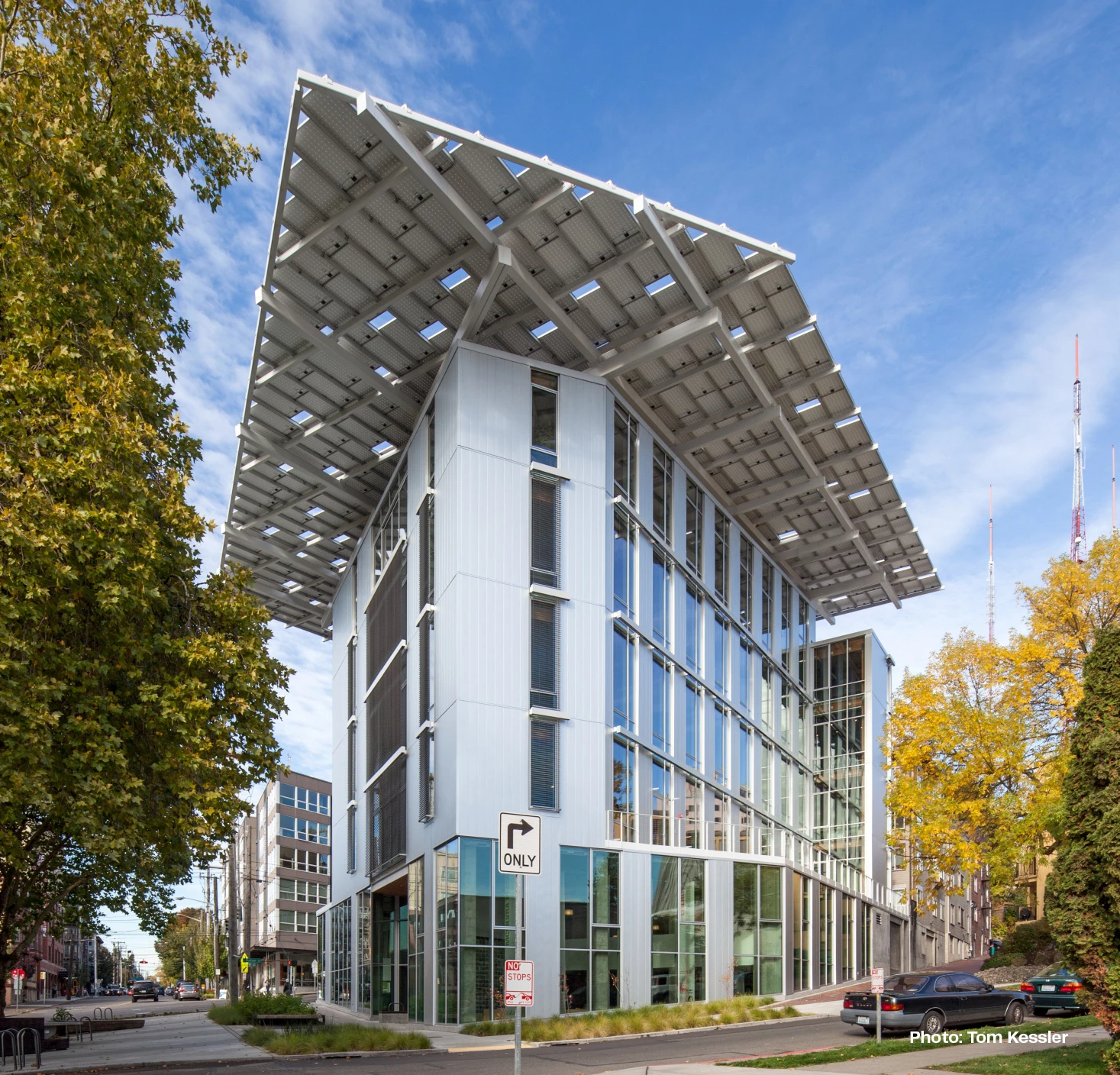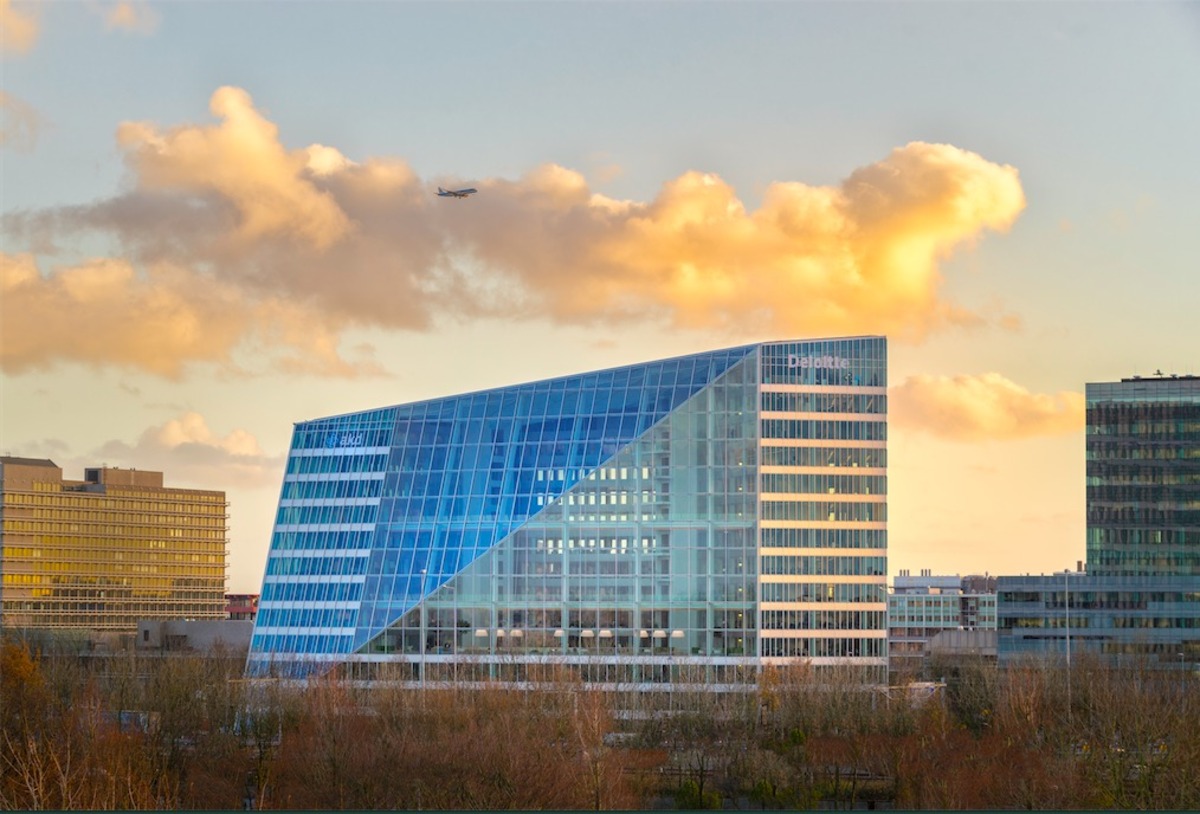Achieving net-zero construction goals is a top priority for the construction sector, and Environmental Management Systems (EMS) are essential to this endeavor. Environmental Management Systems frameworks, like the ones that are in line with ISO 1401, give businesses organized procedures to minimize their negative effects on the environment, efficiently manage their resources, and lower their carbon footprint in construction.
EMS is the cornerstone for businesses striving to achieve net-zero targets by assisting in the identification, control, and monitoring of environmental risks in construction activities. This is due to governments and industry leaders pushing for sustainable practices. This guide explores the ways in which Environmental Management Systems are critical to achieving net-zero goals and provides advice on how to implement this system in the construction industry, along with its advantages and disadvantages.
Table of Contents
What is an EMS and its Significance in Construction?
A organized framework known as an Environmental Management System assists businesses in managing their environmental responsibilities, guaranteeing regulatory compliance while pursuing sustainability. The Environmental Protection Agency (EPA) claims that Environmental Management Systems gives businesses methodical ways to track and lessen their environmental impact, particularly in resource-intensive sectors like construction.
By keeping an eye on energy use, trash output, and greenhouse gas emissions, Environmental Management Systems helps reduce carbon emissions in construction in the context of net-zero construction goals and makes sure that building projects are in line with global sustainability objectives.

Benefits of EMS in Supporting Net-Zero Goals
- Regulatory Compliance: Environmental Management Systems lowers the possibility of fines and penalties by assisting construction enterprises in adhering to environmental standards.
- Cost Savings: Long-term cost savings can be achieved through improved waste management and energy efficiency.
- Improved Reputation: Businesses can attract environmentally concerned customers and investors by committing to net-zero aspirations.
- Opportunities for Innovation: By promoting the use of sustainable materials and green technologies, EMS may promote innovation in construction methods.
How EMS Assists in Construction’s Achieving Net-Zero Emissions
In order to achieve net-zero emissions, greenhouse gas outputs must be balanced by emissions taken out of the environment. EMS can assist building companies in accomplishing this in a number of ways:
- Energy Efficiency: EMS finds inefficiencies in energy use and assists in putting renewable energy alternatives into practice.
- Sustainable Material Usage: EMS facilitates the shift to sustainable resources by monitoring the environmental impact of building materials.
- Waste Management: Recycling and efficient waste reduction techniques are essential components of EMS, helping to minimize landfill trash and achieve carbon neutrality.
Suggested article to read: Nearly Zero Energy Buildings (NZEB); Ultimate Guide 2025

Important Elements of an EMS for Net-Zero Construction
- Environmental Policy: Creating a policy outlining the organization’s dedication to net-zero objectives and sustainability.
- Implementation: Creating procedures and assigning funds in order to reach sustainable goals.
- Planning: Planning include determining important environmental factors and establishing quantifiable goals to cut carbon emissions.
- Continuous Improvement: Making necessary adjustments to tactics to stay on course to meet net-zero objectives.
- Monitoring and Reporting: Consistent tracking of important performance metrics pertaining to waste management, water use, and energy use.
Challenges in Implementing EMS for Net-Zero Construction
Although EMS has a lot to offer, there are obstacles when using it in the construction industry.
- Initial Costs: There may be a substantial up-front cost associated with setting up an EMS and incorporating it into current construction workflows.
- Stakeholder Engagement: Effective communication and coordination are necessary to guarantee that suppliers, contractors, and workers are in line with Environmental Management Systems objectives.
- Continuous Monitoring: It can take a lot of resources to monitor the environmental effects continuously in order to achieve net-zero construction.
Case Studies: Successful EMS Implementation in Net-Zero Projects
Reaching net-zero construction goals requires the effective application of Environmental Management Systems (EMS) in building projects. Around the world, a number of creative projects have shown how EMS may promote sustainability, lessen its negative effects on the environment, and improve operational effectiveness.
Bullitt Center, Seattle

The Bullitt Center in Seattle, which is praised as the greenest commercial building in the world, is one well-known example. Through the use of eco-friendly building materials, effective water recycling systems, and renewable energy sources, the project integrated an EMS to achieve net-zero energy, water, and waste. By using the EMS framework, the Bullitt Center was able to surpass industry norms for environmental performance and comply with legal obligations.
The Edge, Amsterdam

Another notable project in the UK where EMS was instrumental in reaching net-zero energy is The Edge in Amsterdam. Data-driven strategies were utilized in this smart building to optimize waste management, monitor and lower energy use, and guarantee high sustainability requirements. In order to achieve its net-zero goals, EMS assisted The Edge in integrating renewable energy solutions including solar panels and energy-efficient technologies.
These case studies show how EMS may offer an organized method of environmental management, assisting building projects in reaching net-zero objectives and promoting sustainability and innovation in the built environment. They also stress the significance of ongoing observation, including stakeholders, and modifying EMS frameworks to meet changing environmental objectives.
Conclusion
With more people becoming conscious of environmental issues, EMS is a vital tool for construction companies trying to go net-zero. Through the provision of an organized framework for managing environmental impacts, Environmental Management Systems guarantees that construction projects meet regulatory requirements while simultaneously advancing long-term sustainability objectives.
EMS will be crucial in accelerating the transition to greener, more conscientious construction practices as long as governments and businesses continue to place a high priority on reducing carbon emissions. Adopting EMS is not only required by law but also gives construction companies striving for net-zero targets a competitive edge.
FAQs
What is EMS in Construction?
- Answer: The Environmental Management System, is a framework that uses methodical planning, execution, and monitoring to assist construction companies in managing and minimizing their environmental effect.
How does EMS Support Net-zero Construction Goals?
- Answer: By recognizing and controlling environmental factors including energy use, waste management, and carbon emissions, EMS helps achieve net-zero goals by ensuring that projects meet sustainability objectives.
What are the Challenges of Implementing EMS for Net-zero Construction?
- Answer: High upfront expenses, the requirement for continuous monitoring, and coordination across multiple stakeholders to guarantee adherence to Environmental Management Systems procedures are typical obstacles.
What are the Benefits of EMS in Net-zero Construction?
- Answer: By promoting innovation in sustainable building methods, ensuring regulatory compliance, enhancing reputation, and reducing energy consumption, Environmental Management Systems can help construction companies save money.
Can EMS Contribute to LEED or BREEAM Certification?
- Answer: Yes, Environmental Management Systems frameworks frequently help construction projects obtain higher certification levels by meeting the standards of green building certifications like LEED and BREEAM.
Suggested article for reading:
Case Study: Top 4 Eco-Friendly Smart Building Construction Projects
The Future of Smart Construction; 2025 Review
Top 23 Famous Women Architects in World; 2025 Review
LCA in Building Materials: 5 Ways to Select Sustainable Options
The Role of PIM in Sustainable Construction (2025)
LCA and Carbon Footprint: 10 Effective Reduction Strategies
The Top 7 Green Architecture Projects
Resources:
U.S. Green Building Council (USGBC). “LEED Certification Requirements.” 2023.
Environmental Protection Agency (EPA). “Basics of an Environmental Management System (EMS).” 2023.
GreenBiz. “How EMS Drives Sustainability in Construction.” 2024.
ISO (International Organization for Standardization). “ISO 14001: Environmental Management Systems – Requirements with Guidance for Use.” 2023.
Construction Executive. “Net-Zero Construction and the Role of EMS.” 2023.
For all the pictures: Freepik



